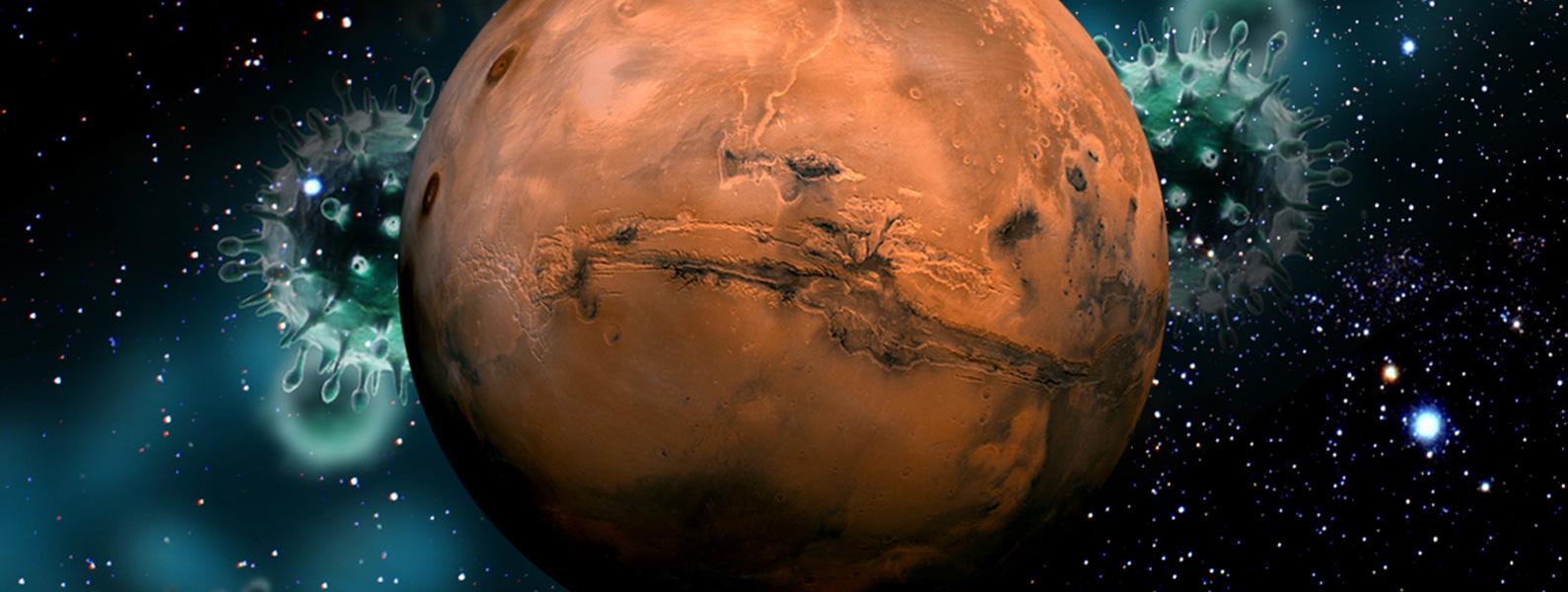
A new article in Astrobiology, “The Coevolution of Life and Environment on Mars: An Ecosystem Perspective on the Robotic Exploration of Biosignatures,” is available online today and in the January, 2018 issue. Written by Nathalie Cabrol, Director of the Carl Sagan Center for Research at the SETI Institute and a SETI Institute scientist, it puts forth a proposition about possible past life on Mars. She suggests that as on Earth, where environmental change and biological evolution are linked in a process known as coevolution, so too would have been the case on Mars, if indeed life existed there at one time. Further, because of the unique environmental conditions on Mars, notably the collapse of its atmosphere, life would have evolved differently on Mars than it did on Earth.
“Environmental changes accompany biological changes, either as causes or as effects. This is what we call coevolution” said Cabrol. “If there was ever life on Mars, finding biosignatures will require to us envision the terms of a Martian coevolution, and not only follow the terrestrial analogy principle. This principle might still be true, but while early Mars was Earth-like, it was never exactly like the Earth. Biological processes on early Mars, if any, took place within the distinctive context of an irreversible atmospheric collapse, greater climate variability, and specific planetary characteristics. Using the data we have on the early Martian environment, coevolution guides us towards potential ancient habitats and possible biomass repositories, and points to what it will take to access them.”
The idea of coevolution goes beyond just the idea of planetary habitability and will be a powerful tool in the search for life beyond Earth.
The full text of the article can be read at http://online.liebertpub.com/doi/pdfplus/10.1089/ast.2017.1756





